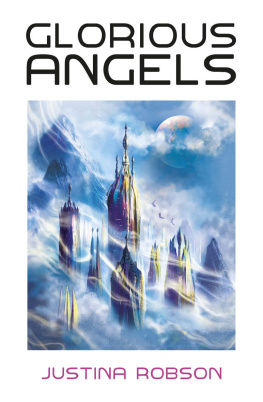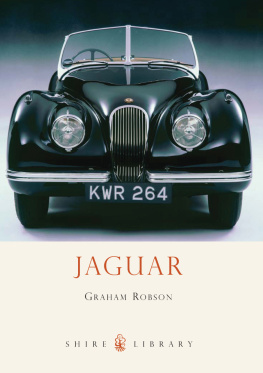Robson - Audi Quattro: Group B Sport, Sport S1
Here you can read online Robson - Audi Quattro: Group B Sport, Sport S1 full text of the book (entire story) in english for free. Download pdf and epub, get meaning, cover and reviews about this ebook. City: Dorchester;England, year: 2014, publisher: Veloce Publishing Ltd, genre: Science. Description of the work, (preface) as well as reviews are available. Best literature library LitArk.com created for fans of good reading and offers a wide selection of genres:
Romance novel
Science fiction
Adventure
Detective
Science
History
Home and family
Prose
Art
Politics
Computer
Non-fiction
Religion
Business
Children
Humor
Choose a favorite category and find really read worthwhile books. Enjoy immersion in the world of imagination, feel the emotions of the characters or learn something new for yourself, make an fascinating discovery.

Audi Quattro: Group B Sport, Sport S1: summary, description and annotation
We offer to read an annotation, description, summary or preface (depends on what the author of the book "Audi Quattro: Group B Sport, Sport S1" wrote himself). If you haven't found the necessary information about the book — write in the comments, we will try to find it.
Robson: author's other books
Who wrote Audi Quattro: Group B Sport, Sport S1? Find out the surname, the name of the author of the book and a list of all author's works by series.
Audi Quattro: Group B Sport, Sport S1 — read online for free the complete book (whole text) full work
Below is the text of the book, divided by pages. System saving the place of the last page read, allows you to conveniently read the book "Audi Quattro: Group B Sport, Sport S1" online for free, without having to search again every time where you left off. Put a bookmark, and you can go to the page where you finished reading at any time.
Font size:
Interval:
Bookmark:
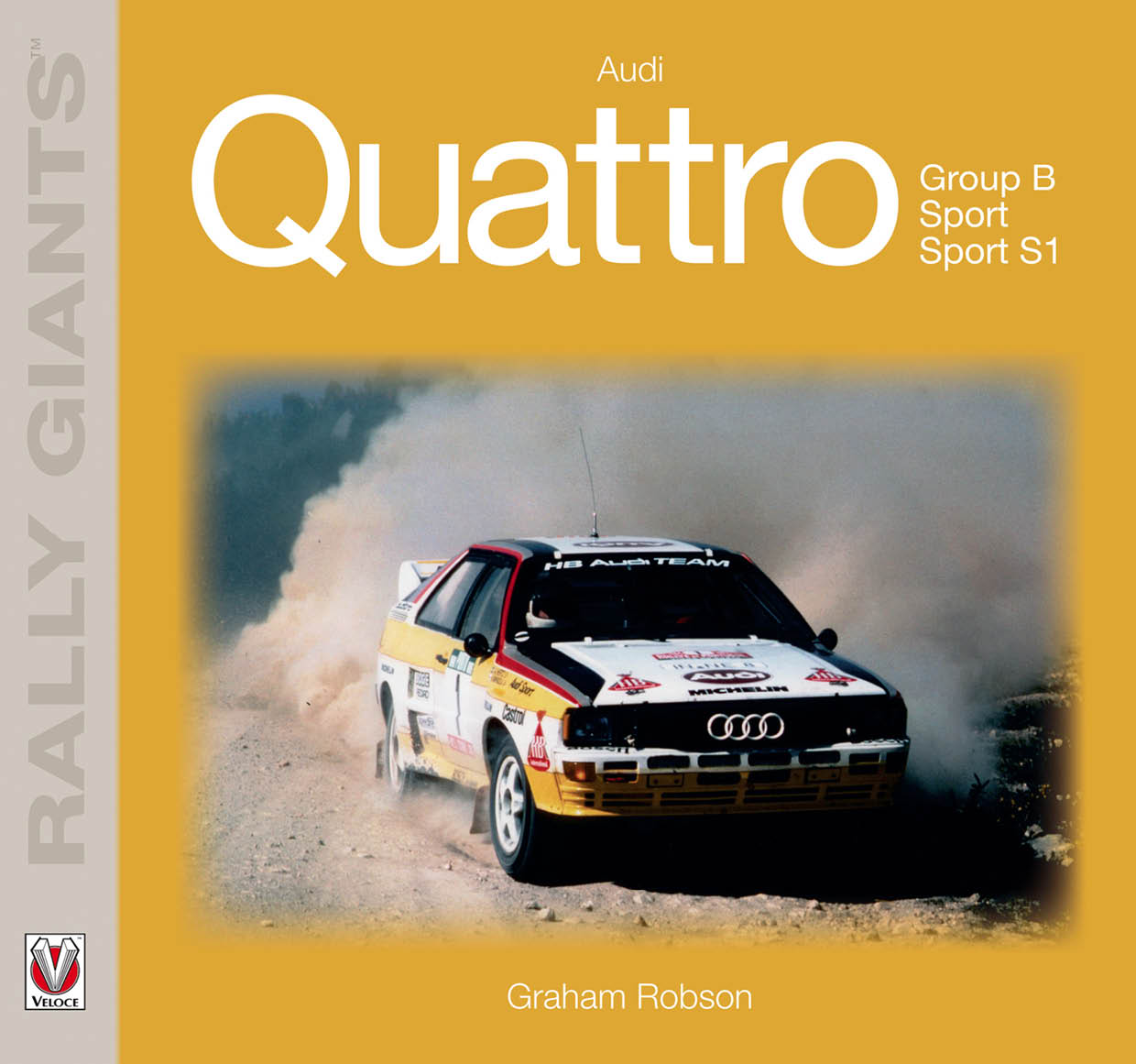
First printed in paperback format in 2008.
First published in ebook format 2014 by Veloce Publishing Limited, Veloce House, Parkway Farm Business Park, Middle Farm Way, Poundbury, Dorchester, Dorset, DT1 3AR, England Fax 01305 250479 e-mail info@veloce.co.uk web www.veloce.co.uk or digital.veloce.co.uk.
Ebook edition ISBN: 978-1-845848-13-2
Paperback edition ISBN: 978-1-84584-141-6
Graham Robson and Veloce Publishing 2014. All rights reserved. With the exception of quoting brief passages for the purpose of review, no part of this publication may be recorded, reproduced or transmitted by any means, including photocopying, without the written permission of Veloce Publishing Ltd. Throughout this book logos, model names and designations, etc, have been used for the purposes of identification, illustration and decoration. Such names are the property of the trademark holder as this is not an official publication.
Readers with ideas for automotive books, or books on other transport or related hobby subjects, are invited to write to the editorial director of Veloce Publishing at the above address.
All Ebook design and code produced in-house by Veloce Publishing.
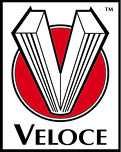
Contents
Foreword
What is a rally? Todays events, for sure, are completely different from those of a hundred or even fifty years ago. What was once a test of reliability is now a test of speed and strength. What was once a long-distance trial is now a series of short-distance races.
In the beginning, rallying was all about using standard cars in long-distance road events, but by the 1950s the events were toughening up. Routes became rougher, target speeds were raised, point-to-point speed tests on special stages were introduced, and high-performance machines were needed to ensure victory.
Starting in the late 1950s, too, teams started to develop extra-special versions of standard cars, which were built in small numbers, and meant only to go rallying, or motor racing. These were the homologation specials, and later the four-wheel drive cars, which now dominate the sport. The first of these, no question, was the Austin-Healey 3000, the first successful four-wheel drive Group 4 car was the Audi Quattro (a converted front-drive machine, which is profiled here), and the latest is any one of the ten-off World Rally Cars which we often see on our TV screens, or on the special stages of the world.
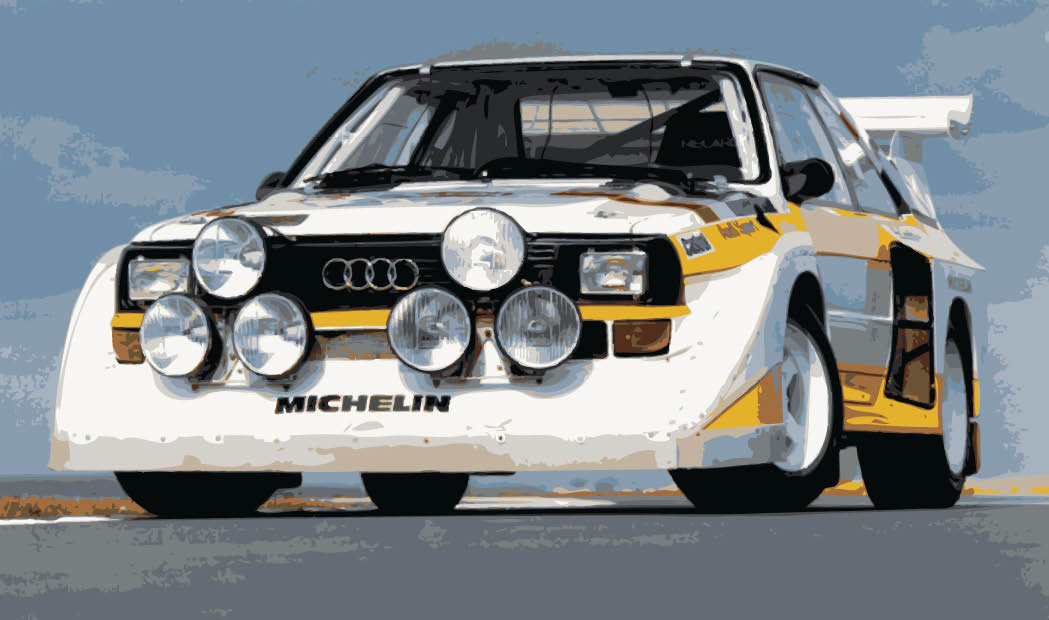
Although rally regulations changed persistently over the years, the two most important events were that four-wheel drive was authorised from 1979, while the World Rally Car formula (which required only 20 identical cars to be produced to gain homologation) was adopted in 1997. At all times, however, successful rally cars have needed to blend high-performance with strength and reliability.
Unlike Grand Prix cars, too, they have needed to be built so that major repairs could be carried out at the side of the road or in service parks, sometimes in the dark, sometimes in freezing cold, and sometimes in blazing temperatures and always against the clock.
Over the years, some cars became dominant, only to be eclipsed when new and more advanced rivals appeared. New cars appeared almost every year, but dramatically better machines appeared less often. From time to time, rally enthusiasts would be astonished by a new model, and it was on occasions like that when a new rallying landmark was set, when a new Rally Giant appeared.
So, which were the most important new cars to appear in the last half century? What is it that made them special, at the time? In some cases it was perfectly obvious Lancias Stratos was the first-ever purpose-built rally car, the Audi Quattro was the first rally-winning four-wheel drive car, and the Toyota Celica GT4 was the first rally-winning four-wheel drive Group A car to come from Japan.
But what about the Big Healey? Fords original Escort? The Fiat 131 Abarth? Or the Lancia Delta Integrale? Or modern machines like the Subaru Impreza? All of them had something unique to offer, at the time, in comparison with their competitors. Because they offered something different, and raised rallyings standards even further, they were true Rally Giants.
To a rallying petrol-head like me, it would have been easy to choose twenty, thirty or even more rally cars that have made a difference to the sport. However, I have had to be brutal and cull my list to the very minimum. Listed here, in chronological order, are the Giant cars I have picked out, to tell the ongoing story of world-class rallying in the last fifty years:
Car: Austin Healey 3000
Period used as a works car: 1959-1965
Car: Saab 96 and V4
Period used as a works car: 1960-1976
Car: Mini Cooper/Cooper S
Period used as a works car: 1962-1970
Car: Ford Escort MkI
Period used as a works car: 1968-1975
Car: Lancia Stratos
Period used as a works car: 1974-1981
Car: Ford Escort MkII
Period used as a works car: 1975-1981
Car: Fiat 131 Abarth
Period used as a works car: 1976-1981
Car: Audi Quattro and S1
Period used as a works car: 1981-1986
Car: Peugeot 205 T16
Period used as a works car: 1984-1986
Car: Lancia Delta 4x4/Integrale
Period used as a works car: 1987-1993
Car: Toyota Celica GT4
Period used as a works car: 1988-1995
Car: Ford Escort RS Cosworth/WRC
Period used as a works car: 1993-1998
Car: Mitsubishi Lancer Evo
Period used as a works car: 1995-2001
Car: Subaru Impreza Turbo/WRC
Period used as a works car: 1993-2006
Car: Peugeot 206WRC
Period used as a works car: 1999-2003
Car: Ford Focus WRC
Period used as a works car: 1999-2008
There is so much to know, to tell, and to enjoy about each of these cars that I plan to devote a compact book to each one. And to make sure that one can be compared with another, I intend to keep the same format for each volume.
Graham Robson
Introduction & ackowledgements
Introduction
The Audi Quattro was much more than an extremely successful rally car. Just for one moment, please put aside its many victories, at World, European and national level, and see why it was a truly significant Rally Giant in other ways. Not only was it the worlds first successful four-wheel drive rally car, but it was also the first to make the most of turbo-charging. It was a trendsetter in every way.
Once homologated in 1981, the Quattro completely changed the face of rallying at all levels. In the years immediately BQ (before Quattro), four-wheel drive was specifically banned. The worlds best rally cars all had rear-wheel drive, either with a front- or a mid-mounted normally-aspirated engine. In that period it was the Ford Escort RS, the Fiat Abarth 131, and the Datsun Violet GT types which did almost all of the winning. AQ (after Quattro) every car-maker needed four-wheel drive to have any chance of victory, and it was not until the Peugeot 205 T16 (also covered in this Rally Giants series) came along that the Quattro could be beaten.
If Audi had not conceived a viable four-wheel drive installation for its road cars in the late 1970s, and if it had not then nagged away at the authorities to change the rules so that it could go rallying with its new models, four-wheel drive might not have been authorised for years. Even when it was authorised (and, please note, this was before most people knew that the Quattro was under development), many observers thought it was no more than a gesture to companies like Subaru, whose little cars were still too under-powered to be competitive. To its eternal credit, once Audi knew that its still-secret new car would be allowed to compete at international level, every effort was made to ensure that this big, heavy, but above all effective, new model could become world-class, and a world-beater. Although the four-wheel drive system which Audi chose was by no means ideal for its purpose (it was too much of a converted front-wheel drive system for that ...), the company went to enormous lengths to make it as ideal as possible.
Font size:
Interval:
Bookmark:
Similar books «Audi Quattro: Group B Sport, Sport S1»
Look at similar books to Audi Quattro: Group B Sport, Sport S1. We have selected literature similar in name and meaning in the hope of providing readers with more options to find new, interesting, not yet read works.
Discussion, reviews of the book Audi Quattro: Group B Sport, Sport S1 and just readers' own opinions. Leave your comments, write what you think about the work, its meaning or the main characters. Specify what exactly you liked and what you didn't like, and why you think so.



